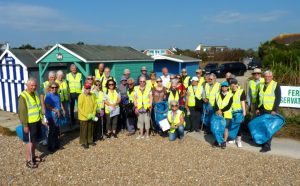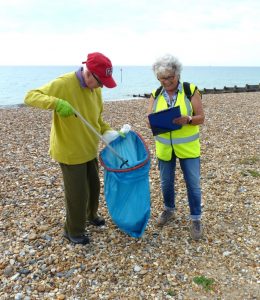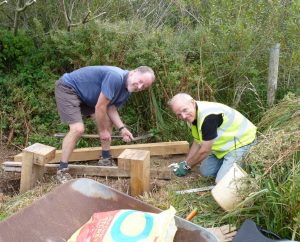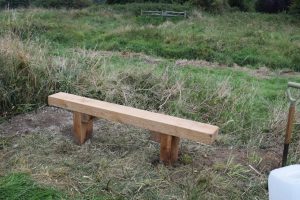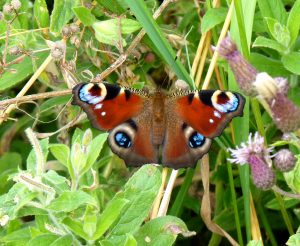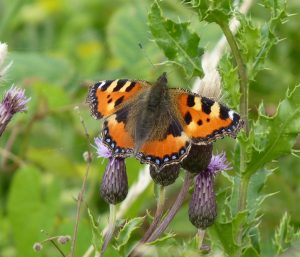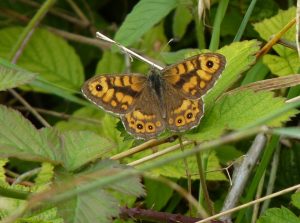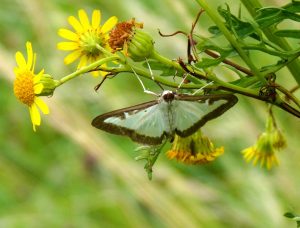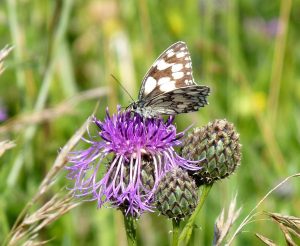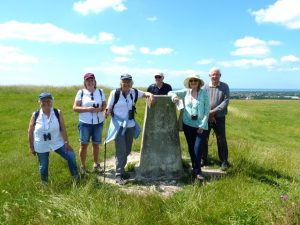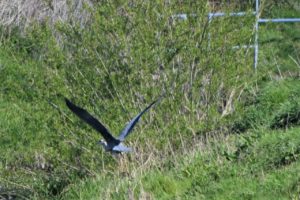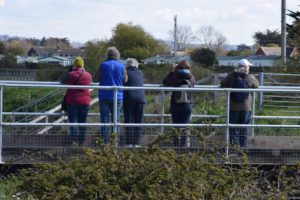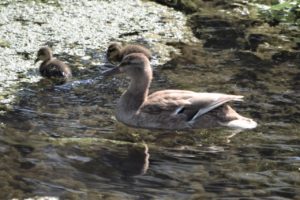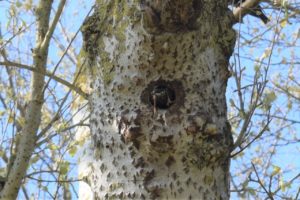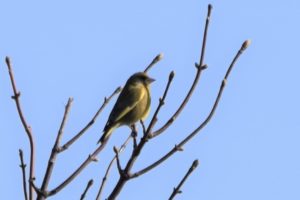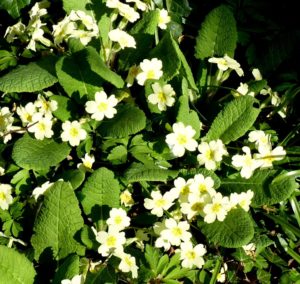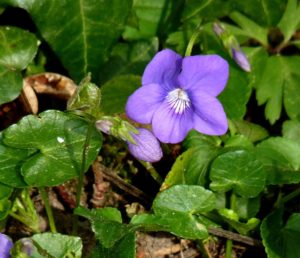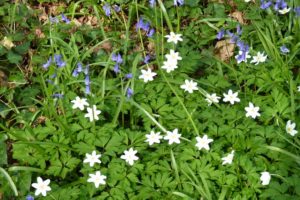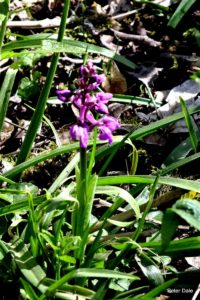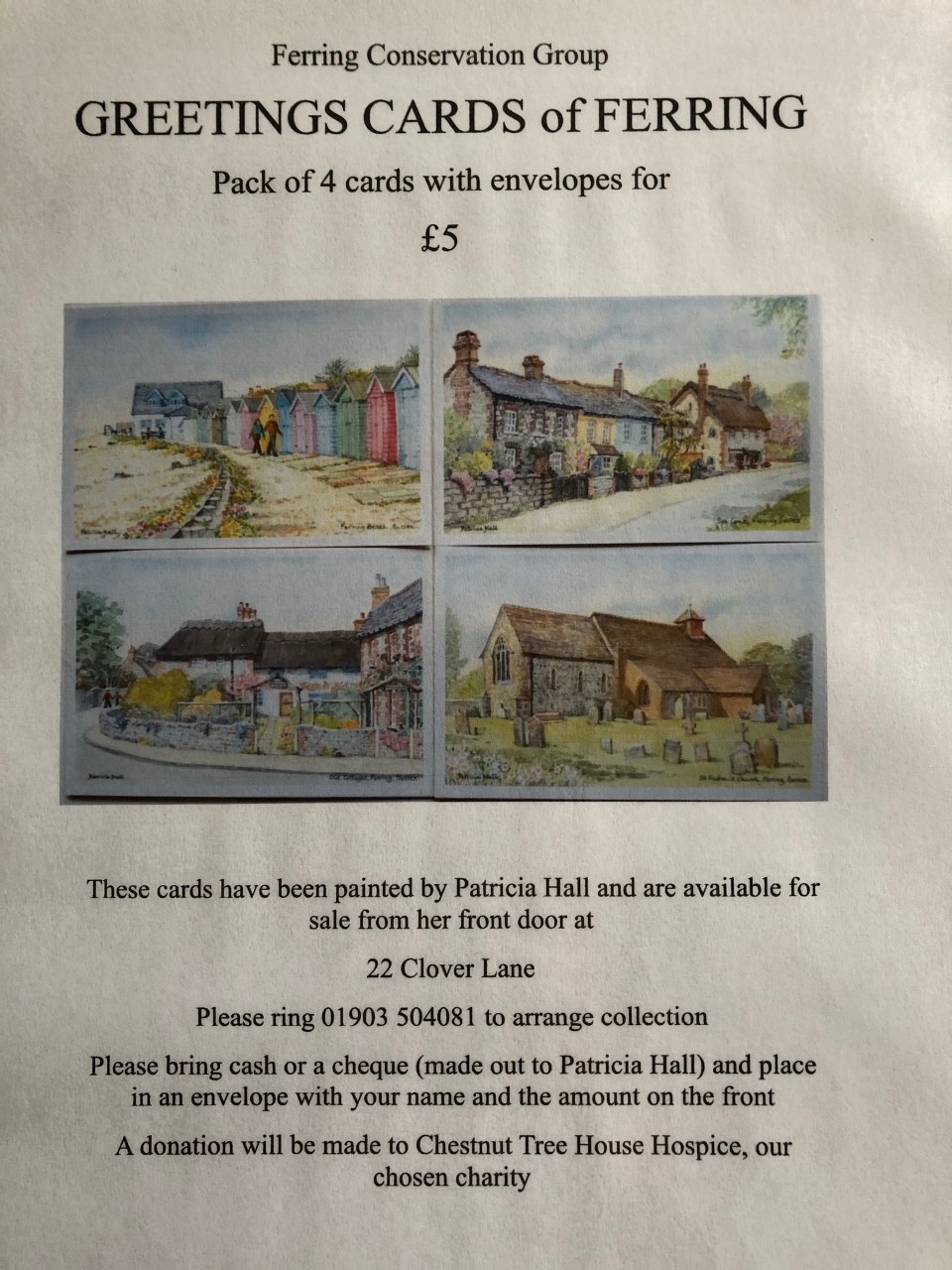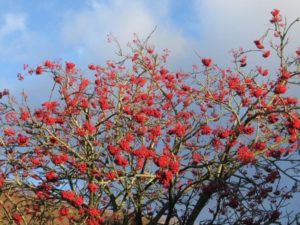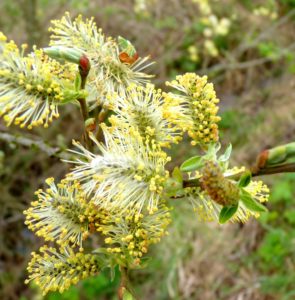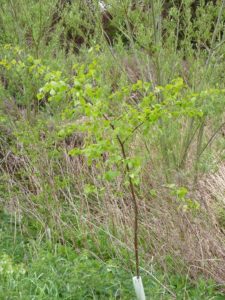After a gap of nineteen months Ferring Conservation Group were at last able to hold their monthly Group meeting.
To open the meeting project manager Steve Egerton-Read from Forestry England had journeyed over from the beautiful Isle of Wight to give a brief history of the White-tailed Sea Eagles and the latest news regarding the reintroduction of this incredible bird.
Steve began by explaining that the White-tailed Sea Eagle is the UK’s largest bird of prey, with a huge wing span of up to 2.5 metres. The wings are very broad and appear more rectangular than those of a Golden Eagle and as their name suggests they have a white tail, a hooked yellow beak, yellow legs and talons along with piercing golden eyes. They were once widespread along the South Coast of England before being driven to extinction by relentless persecution from the Middle-Ages.
Licences were granted by Natural England and Scottish Natural Heritage to begin an English reintroduction, in partnership with Forestry England, based on the Isle of Wight.
Re-establishing a population on the South Coast will help link populations in Scotland and Ireland with those in the Netherlands and France.
In partnership with the Roy Dennis Wildlife Foundation and Forestry England, this five year programme has reintroduced six young birds that were translocated from nests in parts of Scotland. It is hoped they will eventually help facilitate dispersal of these birds along the South Coast. Before their release the youngsters were cared for by a team of experts with dedicated volunteers spending over 500 hours preparing food etc. Once released these birds will take several years to establish themselves and begin breeding but meanwhile their movements can be tracked remotely via the small transmitters fitted to each bird.
The success of this project will be measured when this magnificent bird is accepted as part of the landscape.
After a short break Ed Miller took to the floor advising members of the many planning applications either recently submitted or awaiting decisions:
Ed advised members that there were 2 applications for a third storey to be added to existing properties; 1 demolition and to rebuild in three storeys and 1 three storey rebuild that had been withdrawn but was likely to return. Also three further partial replacement illuminated signs at Yeoman’s car showroom.
In the Angmering area an application for 191 dwellings at Rustington Golf Centre and 76 dwellings at Roundstone Farm are both awaiting approval. An application by Redrow Homes for an ‘Agricultural’ road in Roundstone Farm has been approved by Arun DC.
The Appeal on the Chatsmore Farm/North Goring Gap development by Persimmon has been registered but with no details as yet on the grounds for the appeal. It was also reported that the Worthing Local Plan is now with HM Inspector for consideration.
Tricia Hall concluded the meeting by updating members on news of local wildlife sightings. Tricia advised members that 28 Egrets had been seen in a field at the back of Kingston Gorse. She suggested that members look in the trees on the west bank of the Rife where several Egrets often roost along with Herons.
Also a number of wading birds have returned including Turnstones, Oyster Catchers, Dunlin and Plover. Although it has been a good year for Dragonflies it has not been the case for Butterflies with only Red Admiral being plentiful and a few Speckled Woods. Tricia had found a pretty Box Tree Moth in her garden. Despite their attractive appearance the caterpillars of this moth have desecrated many Box trees and hedges in the area.
Tricia illustrated her talk with a fascinating photograph of two mating dragonflies and also photographs of her beautiful garden demonstrating how she had created two wildflower beds simply by leaving two areas of her lawn unmown and then scattering a seed mix – she said she was amazed at the number of insects that these attracted.
It was also reassuring to see the high number of wildflowers on Highdown and at Anchor Bottom near Shoreham.

